Vaucluse House
Harbourside retreat
When an Irish knight was caught kidnapping a local heiress, his punishment was swift: exile to a single-storey cottage in NSW. Over five decades, new owners transformed the cottage into a large and picturesque estate. By the 1830s, the gardens and grounds covered most of the present-day suburb of Vaucluse but the main house of the family’s dreams was still unfinished. In 1915 Vaucluse House became Australia’s first official house museum, and continues today to delight and intrigue visitors with its stories and still-secluded grounds.
Stories
Browse all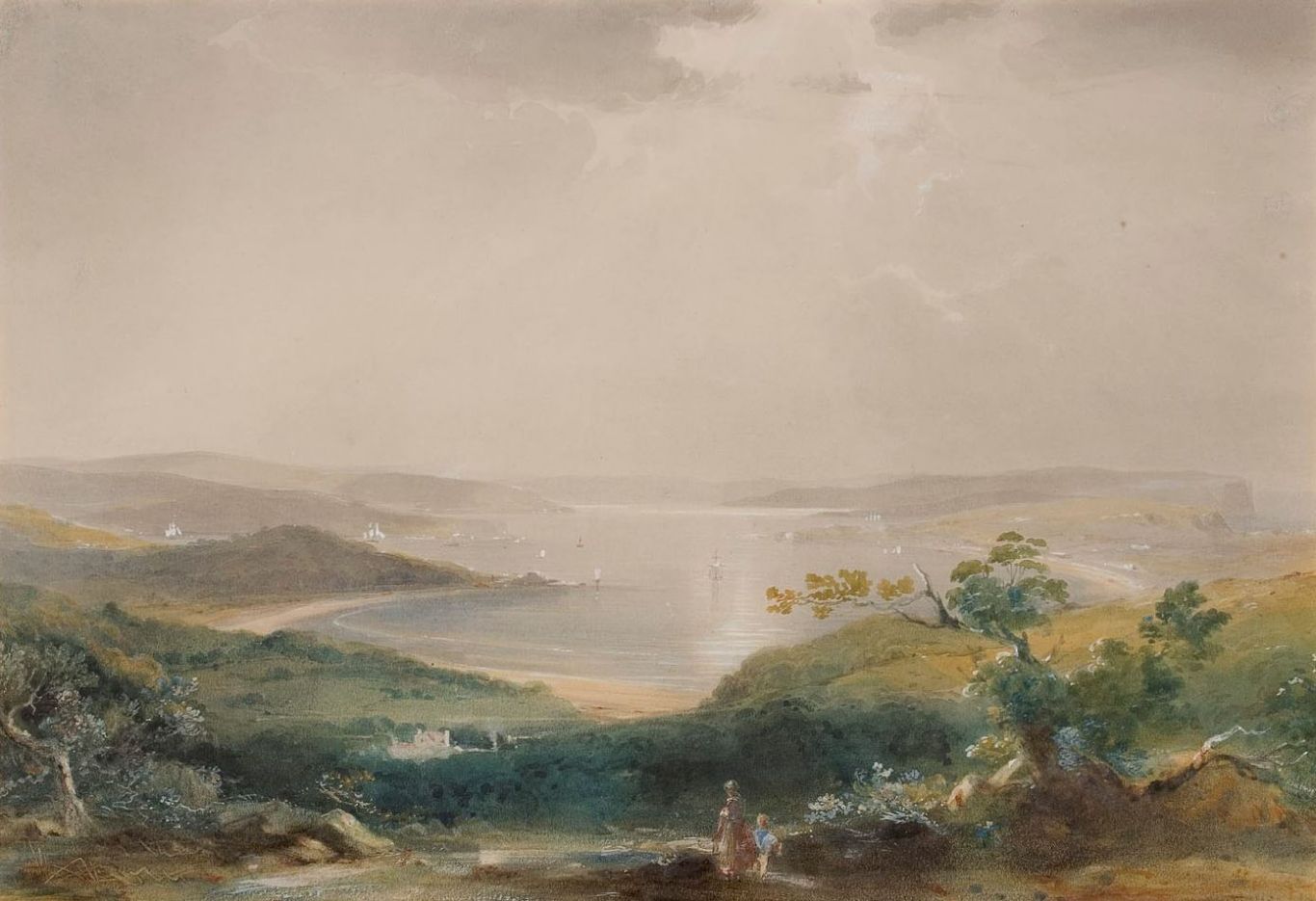
Not a lovelier site
‘There is not a lovelier site in the known world’, wrote the Sydney-born barrister and novelist John Lang about the Wentworth family’s estate of Vaucluse
Vaucluse House
Birrabirragal Country
Wentworth Road, Vaucluse NSW 2030. Phone +61 2 9388 7922- Restaurant
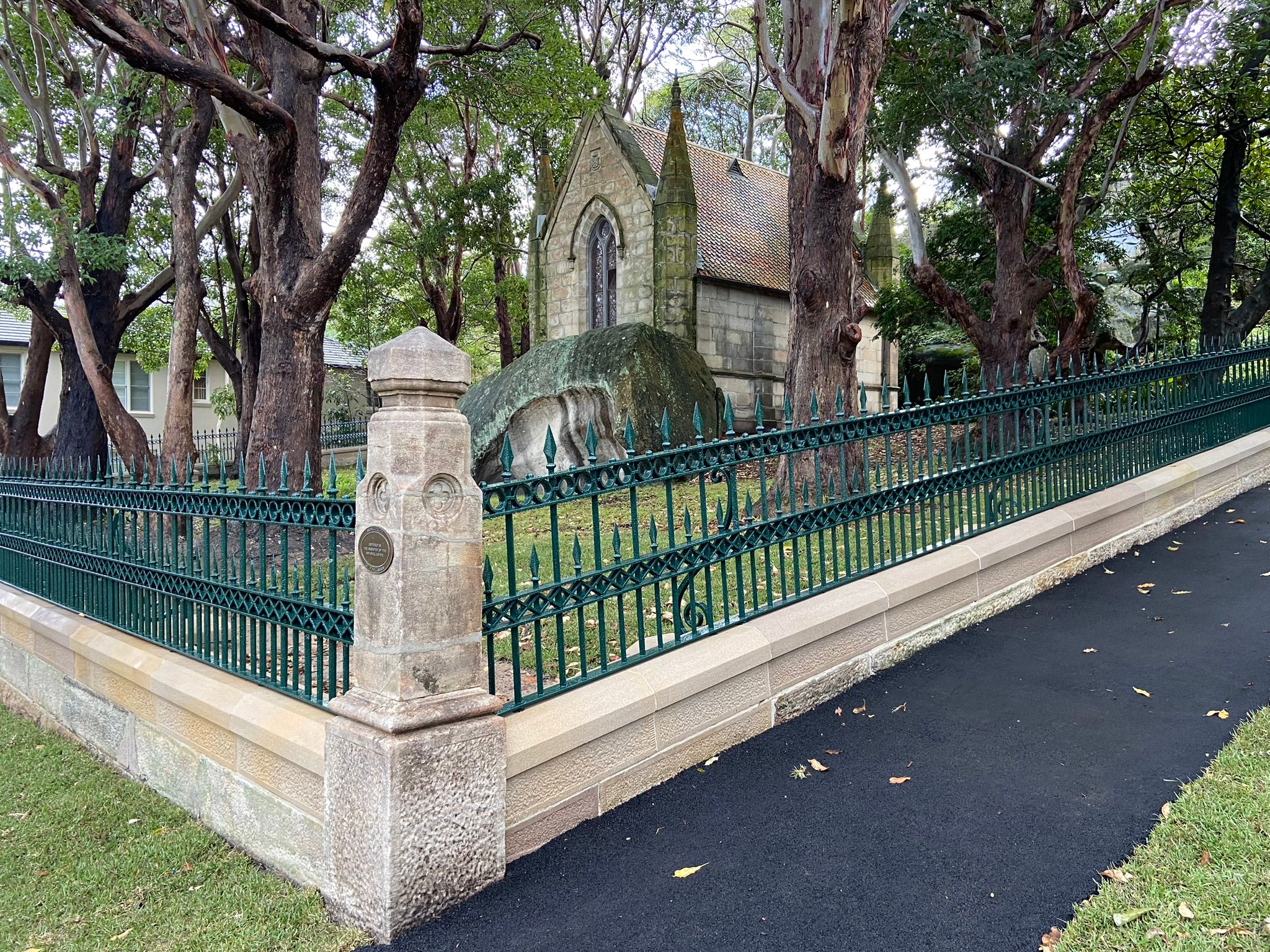
Renewed splendour for the Wentworth Mausoleum
The conservation works to the perimeter fence of the historic Wentworth Mausoleum have been successfully completed

The coolest room in the house
What practical techniques can we learn from historical building design to minimise heat and energy consumption in our homes today?
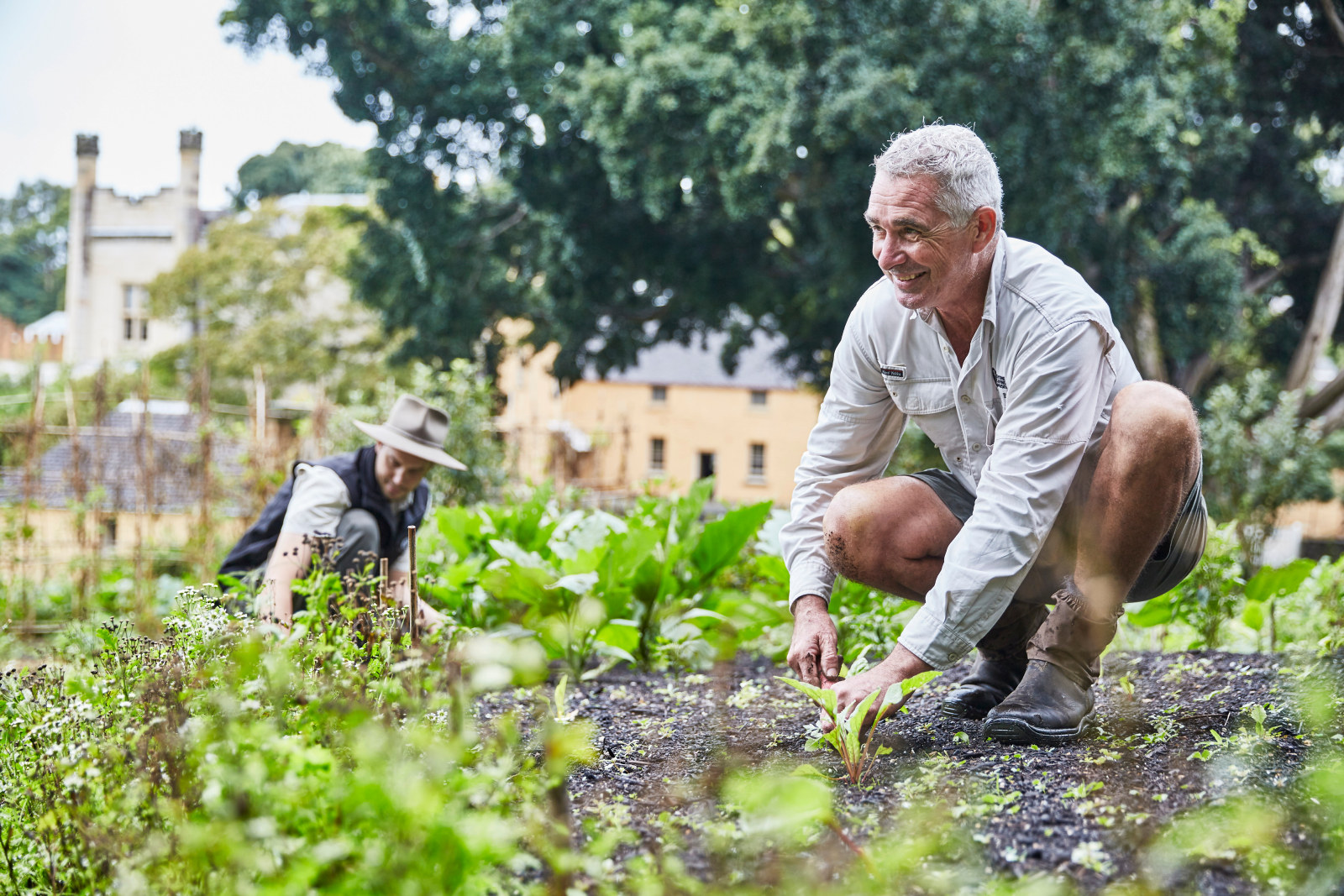
Vaucluse House kitchen garden
The Vaucluse House kitchen garden recently underwent a significant rejuvenation project to preserve the site and allow it to continue to be used as a valuable educational resource
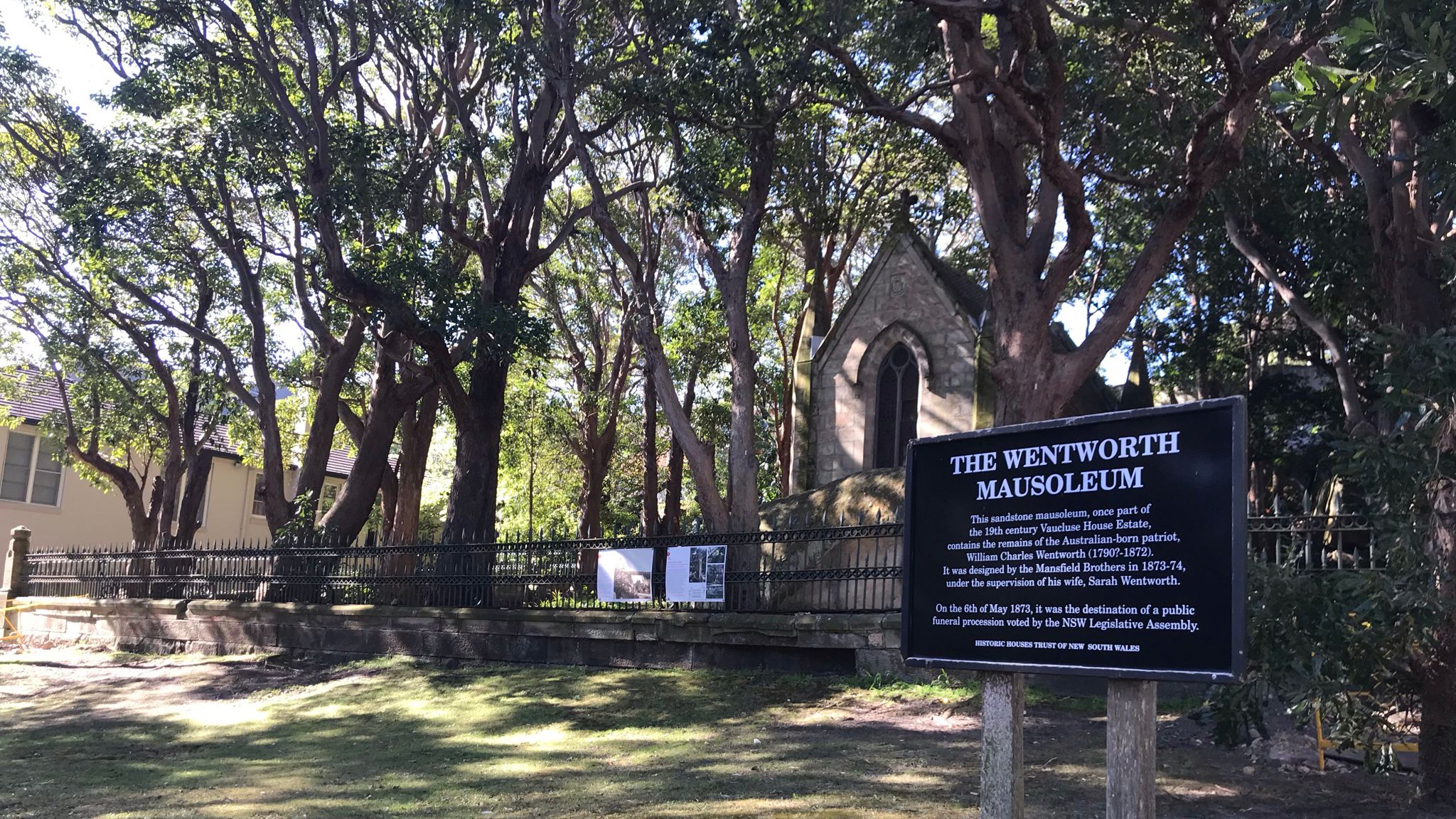
Wentworth Mausoleum perimeter fence conservation
MHNSW is undertaking the first comprehensive conservation works to the fence surrounding the 1870s resting place of William Charles Wentworth
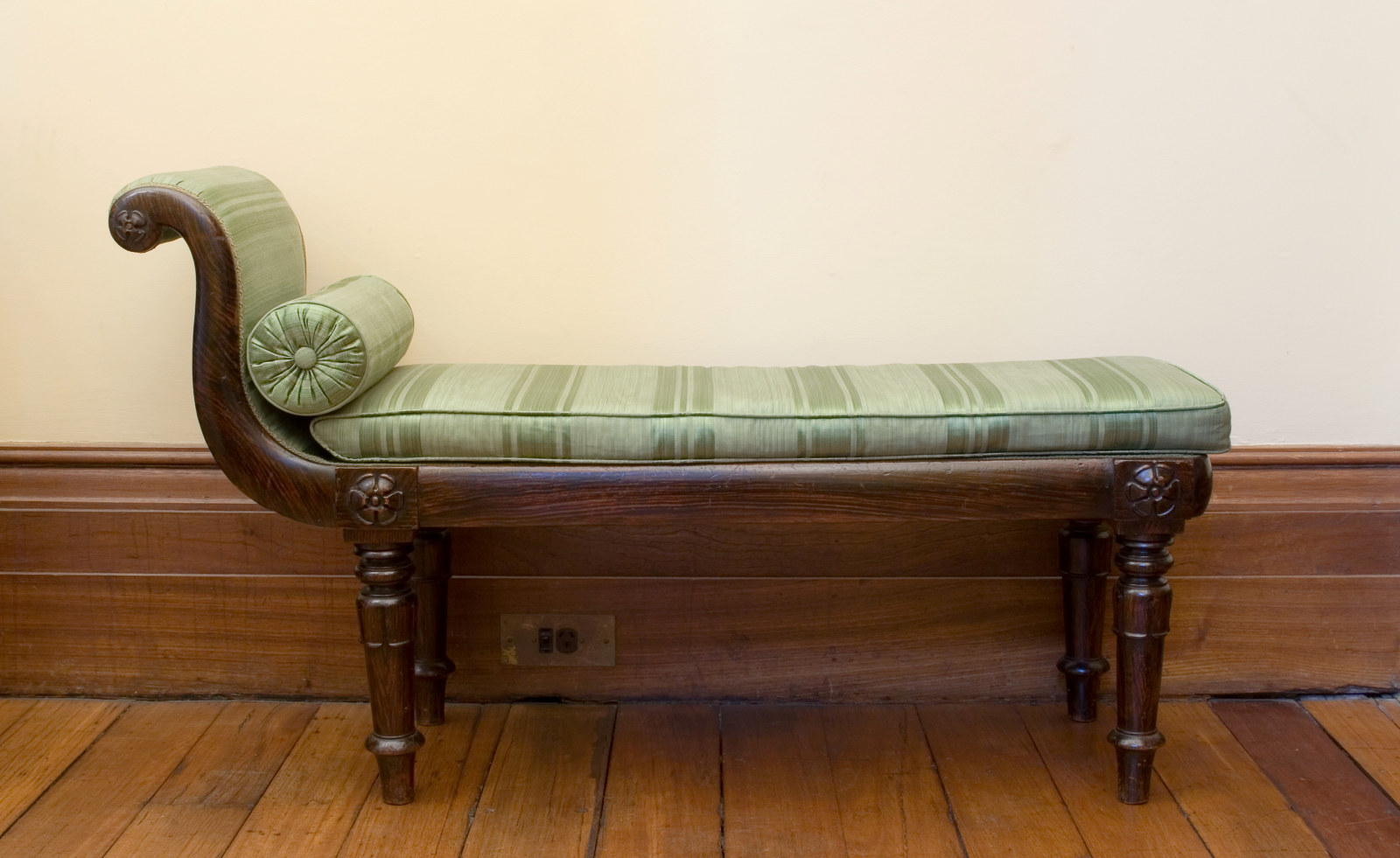
Designed with intent: colonial vs modernist chairs
This selection of furniture juxtaposes the old with the new: early 19th-century colonial seating and modernist styles made over a hundred years later
Learning program
Browse all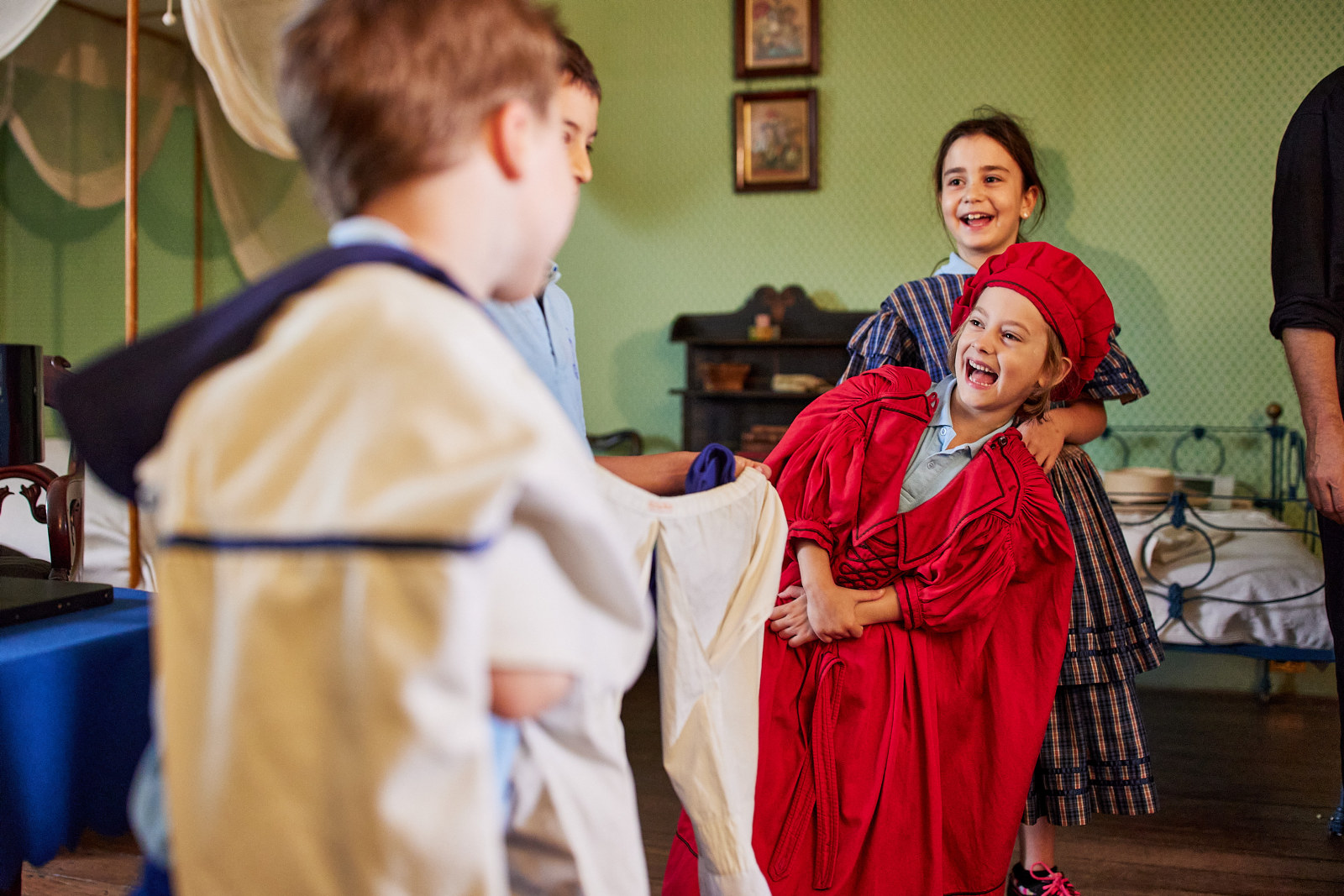
Child's Play
Students learn about what it was like to live at Vaucluse House for the wealthy family of William Charles and Sarah Wentworth, with their ten children and many servants
Related
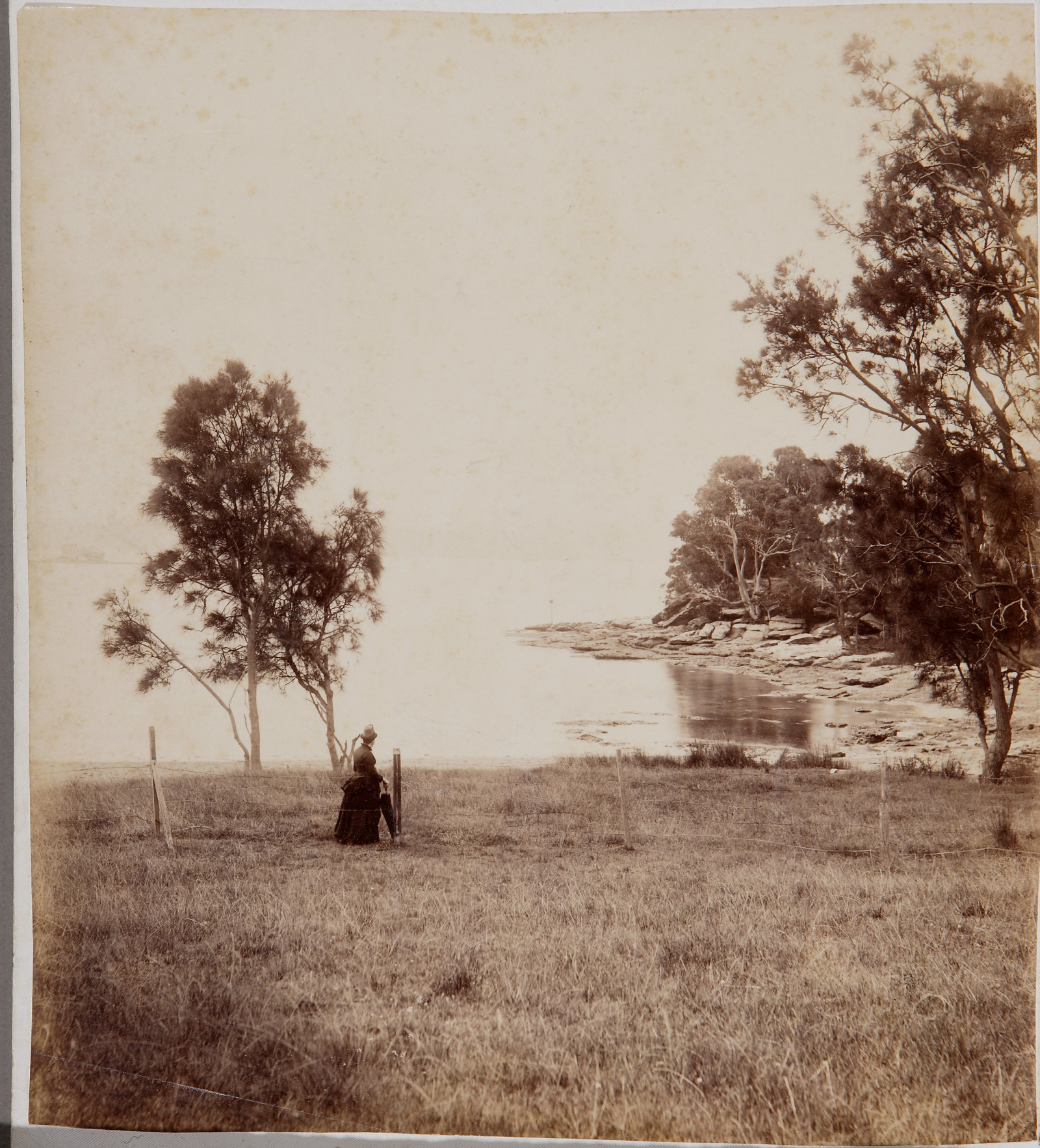
Dinghy and kayak registration at Vaucluse Bay
The historic 10-hectare Vaucluse House estate includes the beach paddock where dinghy racks and kayak spaces are located. We manage the registration of these areas through annual permits





